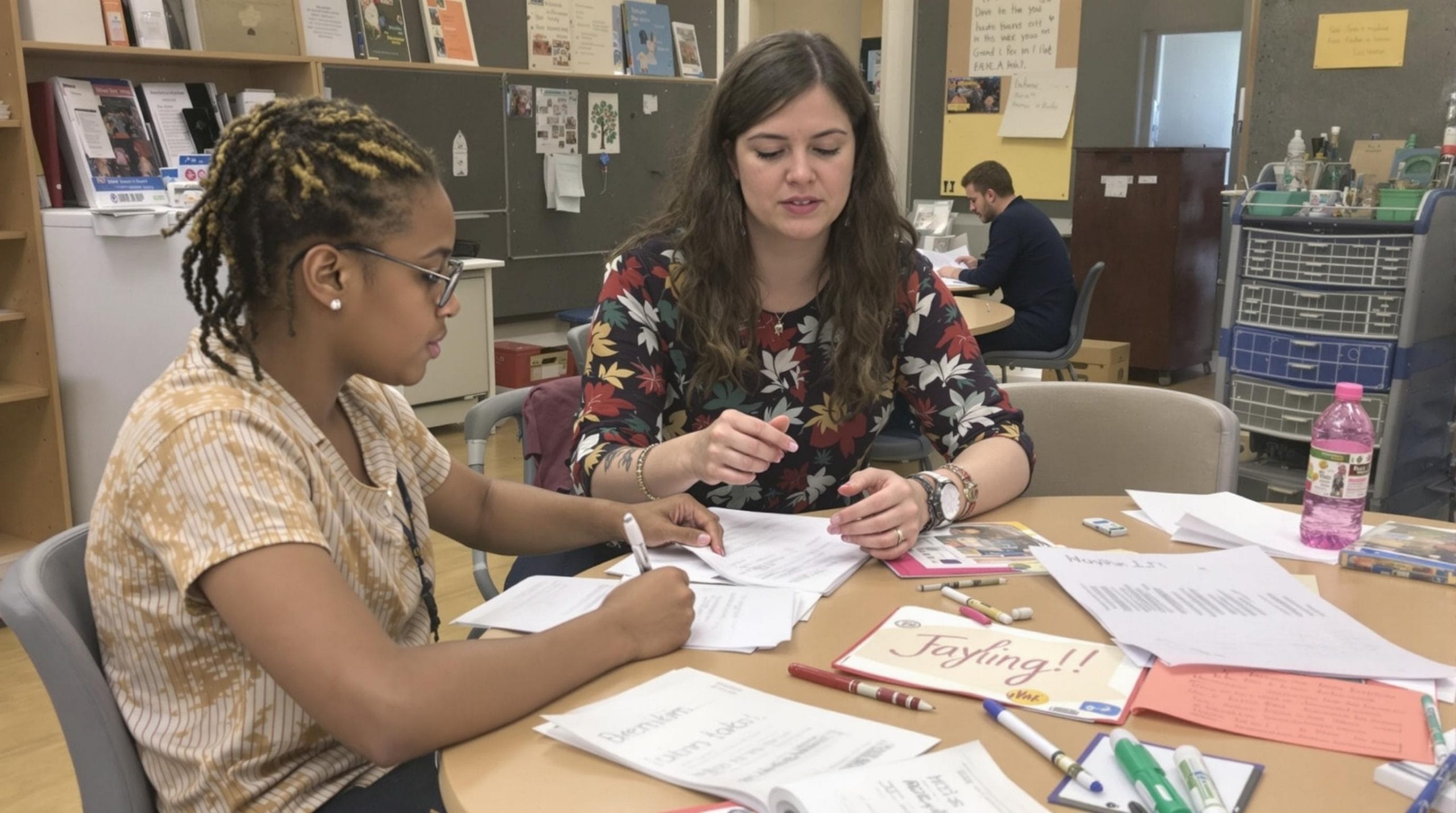How to Be Happy: Simple Steps to Rediscover Joy in Everyday Life
Happiness isn’t just a fleeting emotion but a measurable state that can be cultivated through intentional practices and daily habits. Research from the University of Bristol reveals that specific activities, from acts of kindness to mindfulness meditation, can significantly boost our well-being and transform how we experience everyday life.
Key Takeaways
- Daily practices like gratitude exercises and acts of kindness activate brain regions tied to fulfillment and joy
- Regular physical activity (20+ minutes daily) can boost well-being with benefits lasting up to 12 months
- Finding your “flow state” through immersive activities reduces stress and improves mood significantly
- Spending time in nature provides psychological restoration and increases happiness levels
- Building meaningful social connections is one of the most powerful predictors of overall life satisfaction
The Science Behind Daily Happiness
Happiness isn’t just a pleasant feeling—it’s a measurable psychological state that can be improved through specific daily practices. The University of Bristol’s “Science of Happiness” program has identified seven daily practices that significantly boost well-being, providing concrete evidence that joy can be cultivated intentionally.
Research shows that physically active people are 15% more likely to report happiness than their sedentary counterparts. Additionally, having creative purpose and meaningful goals can increase life satisfaction by an impressive 22%. These findings form part of what some researchers call “joynomics”—the study of how specific behaviors can reliably produce happiness.
Seven Daily Practices for Greater Joy
The University of Bristol’s research has identified specific daily practices that can dramatically improve happiness levels. These science-backed methods are accessible to everyone and can be incorporated into even the busiest schedules:
- Acts of kindness that activate brain regions tied to fulfillment
- Initiating social connections to reduce loneliness
- Experience savoring—the mindful enjoyment of positive moments
- Positive event reflection to reinforce happiness memories
- Gratitude exercises that improve both happiness and physical health
- 20+ minutes of physical activity to boost well-being
- Mindfulness meditation to reduce mind-wandering linked to unhappiness
Each of these practices has been shown through research to create measurable improvements in mood and satisfaction. Even implementing just two or three of these practices can create noticeable changes in your overall happiness and health.
The Power of Generosity and Connection
One of the most counter-intuitive findings in happiness research is that spending money on others boosts happiness more effectively than spending on yourself. This altruistic approach to happiness activates reward centers in the brain that self-focused spending simply doesn’t reach.
The Ipsos Global Happiness Survey found that two-thirds of global respondents cite family and purpose as their primary happiness drivers. This aligns with other research showing that regular social interactions—even brief ones—significantly lower risks of loneliness and depression.
Acts of kindness, particularly volunteering, create neurological rewards that can persist long after the activity itself. By making generosity and connection priorities, you establish reliable pathways to greater joy.
Finding Your Flow State
Activities like painting, gardening, or playing music can induce what psychologists call a “flow” state—a condition of complete immersion and enjoyment. This mental state reduces stress and improves mood by focusing attention fully on a rewarding task.
Aligning daily actions with meaningful goals increases life satisfaction by 22%, according to research. These engaging activities create psychological rewards while reducing anxiety by redirecting attention away from worries and rumination.
The key to finding flow is identifying activities that are challenging enough to hold your attention but not so difficult that they cause frustration. When you find this balance, you’ll experience one of the most reliable paths to sustained happiness.
Nature and Physical Well-being
Self-reported mood studies indicate that daily walks outdoors can increase endorphins by 27%. This natural mood enhancement makes outdoor exercise a particularly powerful happiness booster.
Weekly exercise increases overall well-being with benefits lasting up to 12 months, making it one of the most efficient happiness interventions available. Nature exposure provides psychological restoration and stress reduction in ways that indoor environments simply cannot match.
Physically active individuals consistently report higher happiness levels across numerous studies. Even modest amounts of movement—a 20-minute walk, gentle yoga, or gardening—can trigger the release of mood-enhancing neurochemicals that improve your outlook.
Cultivating Gratitude and Presence
Daily gratitude practices significantly improve happiness and physical health outcomes. Something as simple as listing three things you’re thankful for each evening can rewire your brain to notice positive aspects of life more readily.
Present-mindedness reduces the unhappiness associated with mental wandering. When our minds drift to worries about the future or regrets about the past, we often experience negative emotions. Focusing on the present moment creates greater contentment.
Gratitude journaling provides measurable mood improvements that can be detected within just a few weeks of regular practice. This simple self-care practice helps shift attention from what’s missing to what’s present in your life.
Building Resilience During Difficult Times
Life inevitably includes challenges, but structured self-care and gratitude journaling can reduce grief duration by 30%. These practices don’t eliminate difficulties but help us move through them with greater emotional stability.
Prioritizing passions and social support during hard times isn’t just emotionally beneficial—it cuts mortality risk by 6–14% compared to unhappy peers. This means happiness practices are not just psychologically helpful but physically protective.
Post-breakup recovery strategies include specific emotional processing techniques that help integrate difficult experiences. Building resilience through consistent positive practices creates long-term well-being that can weather life’s inevitable storms.
Global Happiness Perspectives
The World Happiness Report 2024 ranks Finland, Denmark, and Iceland as the happiest countries globally. These nations share common features: strong social safety nets, high trust in institutions, and cultures that value work-life balance.
Some countries have seen remarkable happiness improvements. Lesotho (+0.6), Lebanon (+0.5), and Zambia (+0.4) experienced the largest happiness gains in 2024, demonstrating that national happiness can shift significantly in positive directions.
Demographic factors also influence happiness levels. Married individuals report 40% higher happiness rates than divorced or widowed groups, highlighting the importance of stable relationships for emotional well-being. However, personal practices for balance remain essential regardless of relationship status.
By implementing even a few of these evidence-based practices, you can significantly increase your daily happiness. The science is clear: joy isn’t just luck or circumstance—it’s a skill that can be developed through consistent, intentional practices.
Sources
Talk Your Heart Out: How to Be Happy Again
Abbott: 4 Steps to a Happier Life
PMC: Happiness and Longevity in the United States
Visual Capitalist: Mapped: The World’s Happiest (and Least Happy) Countries
Travel Photography Guru: Follow Your Bliss: Living a Creative Life
World Economic Forum: Happiness Hacks: Well-being Studies Longevity
[/fusion_text][/fusion_builder_column][/fusion_builder_row][/fusion_builder_container]latest video
news via inbox
Nulla turp dis cursus. Integer liberos euismod pretium faucibua





